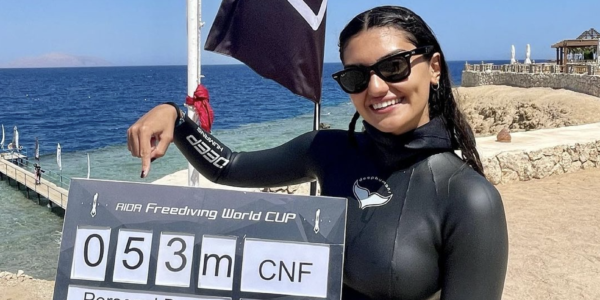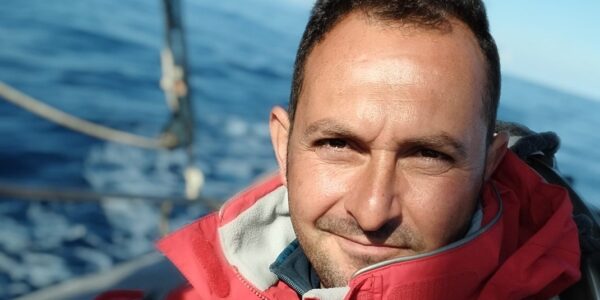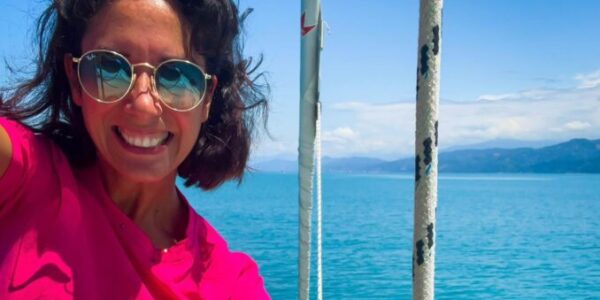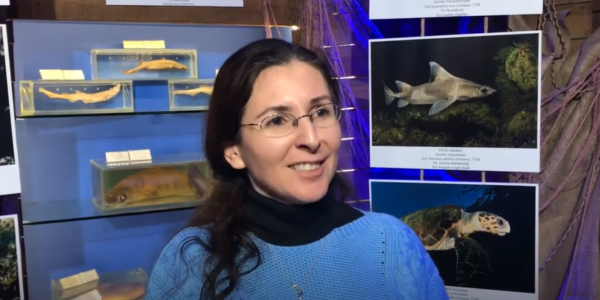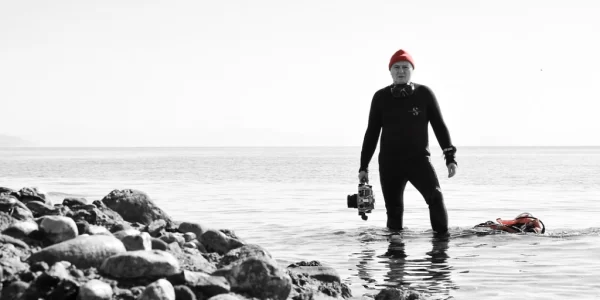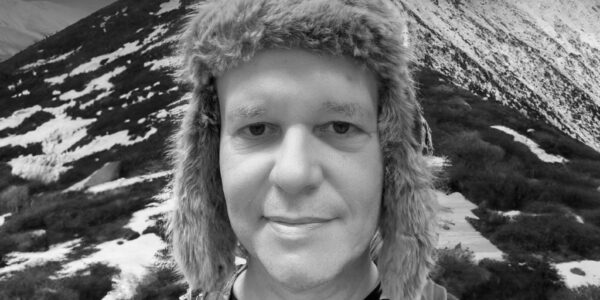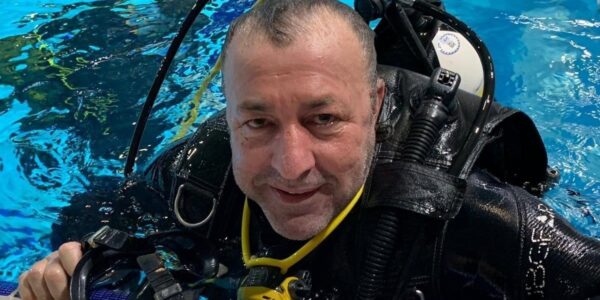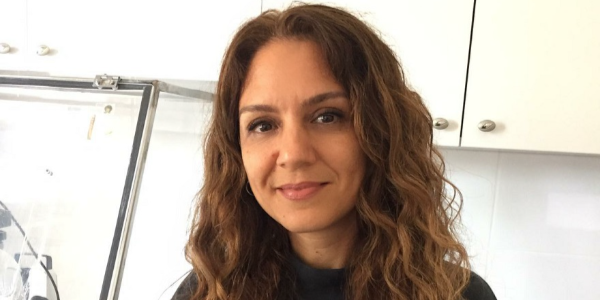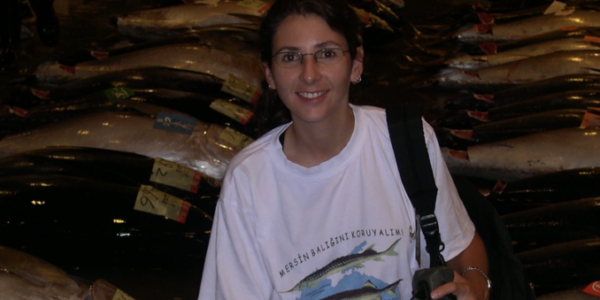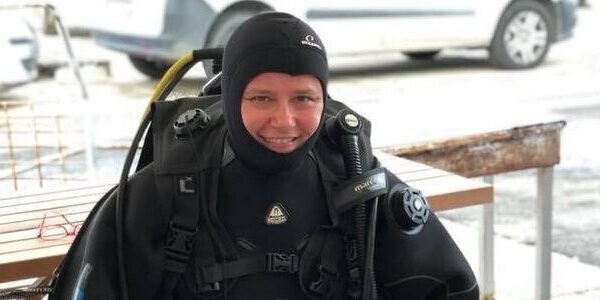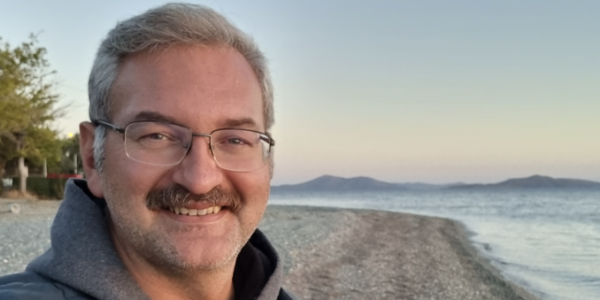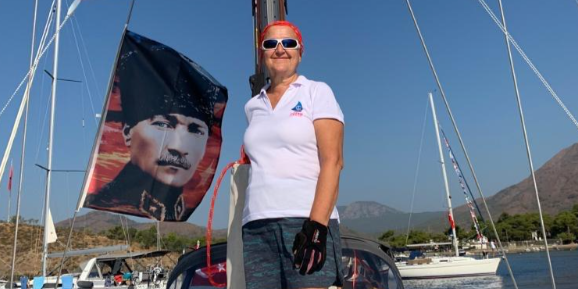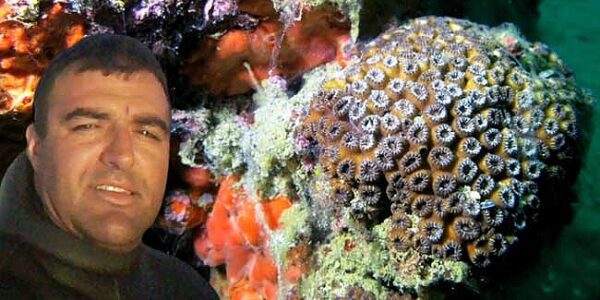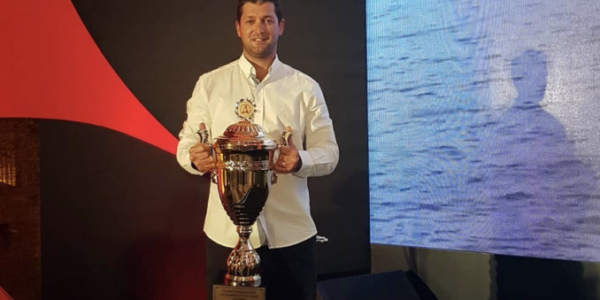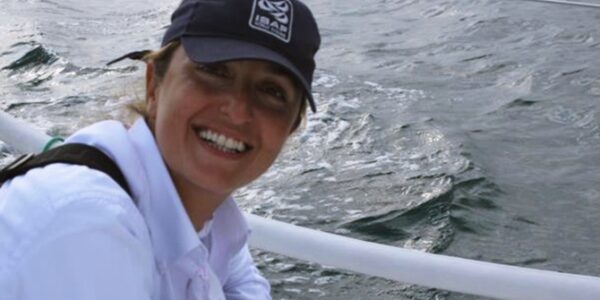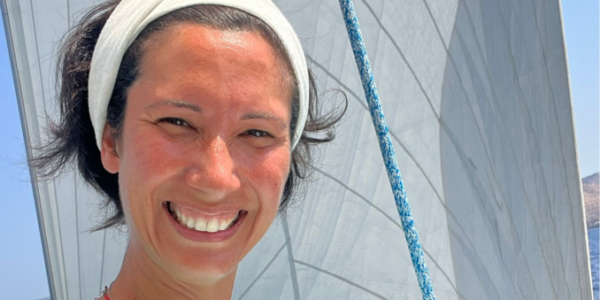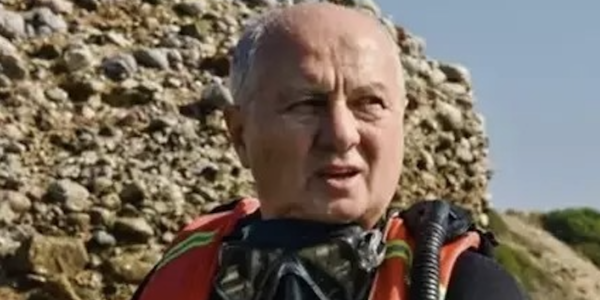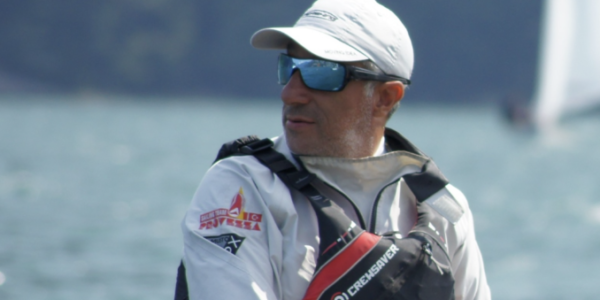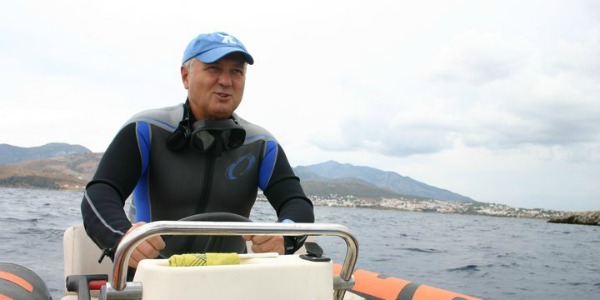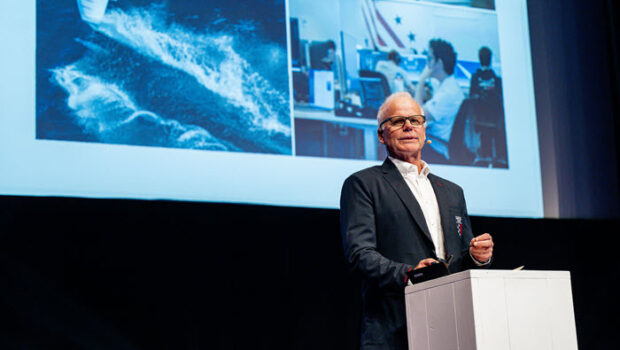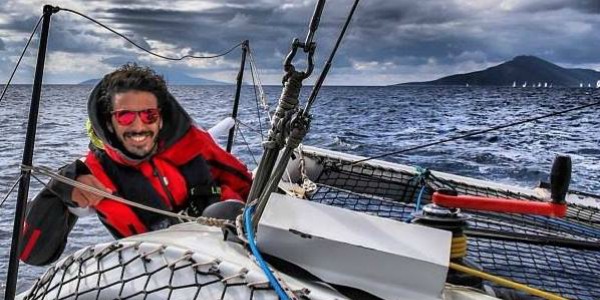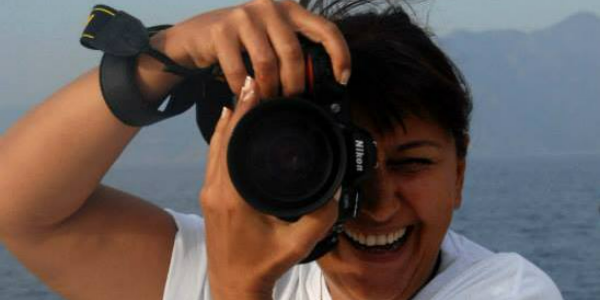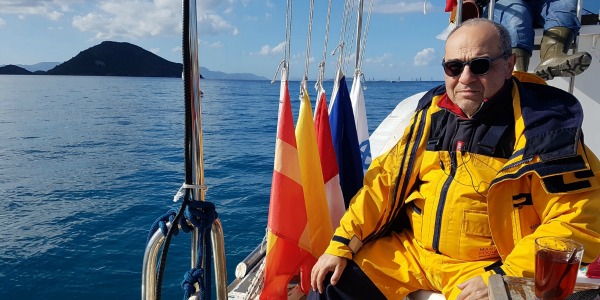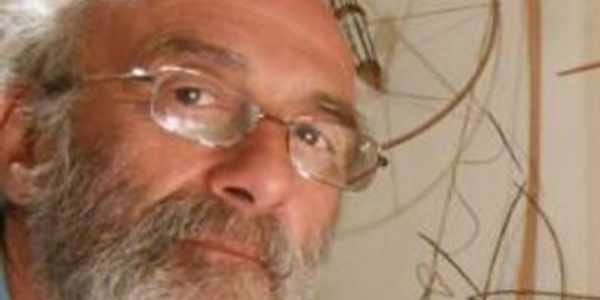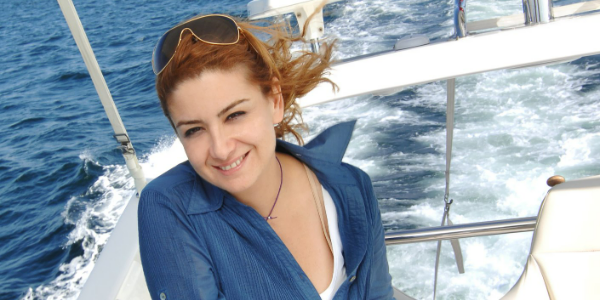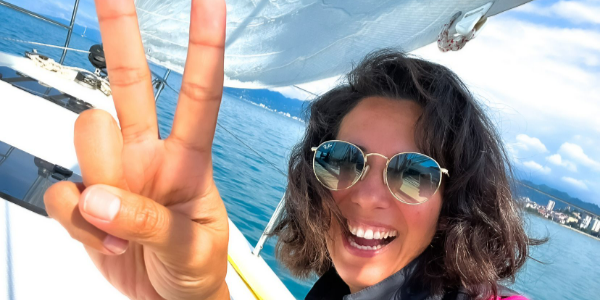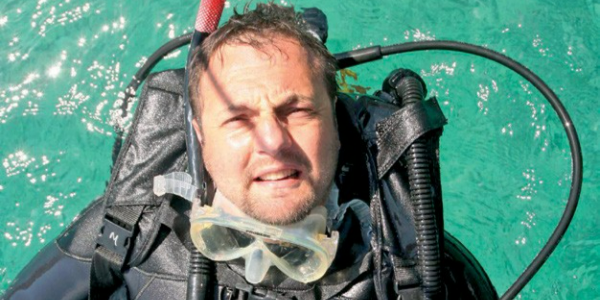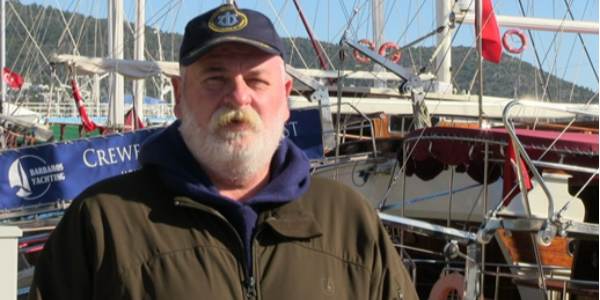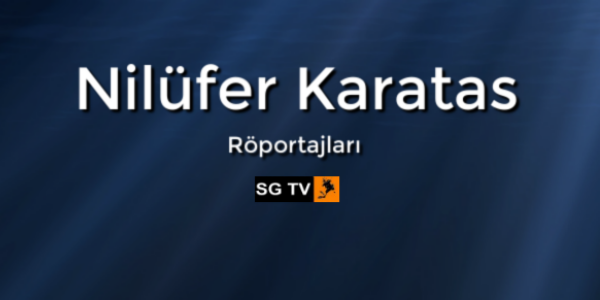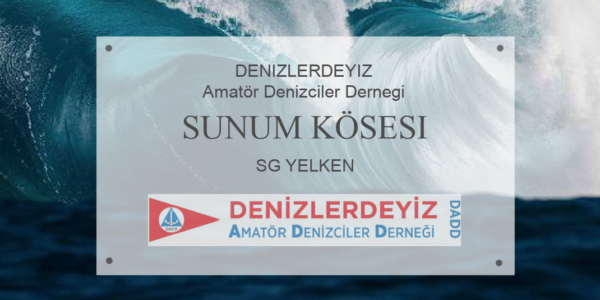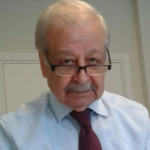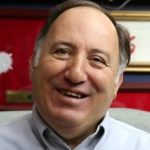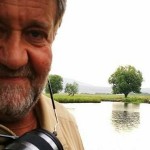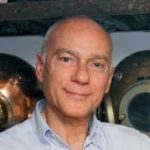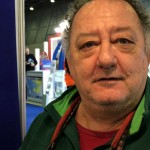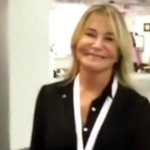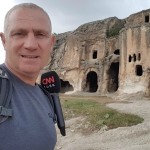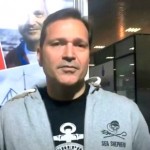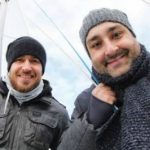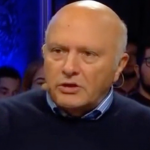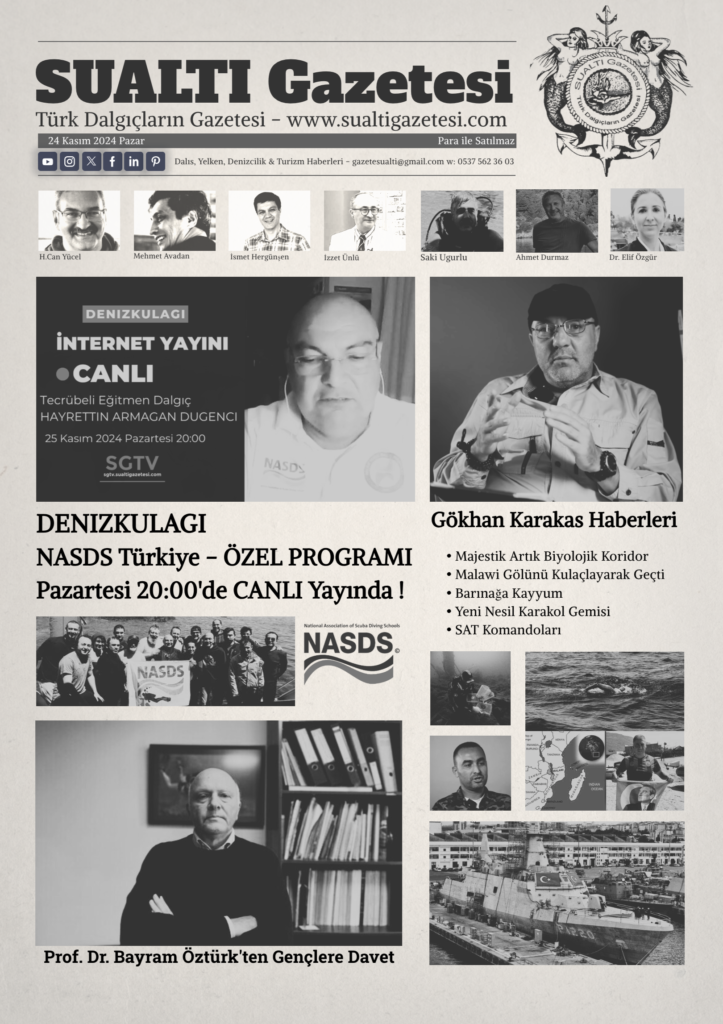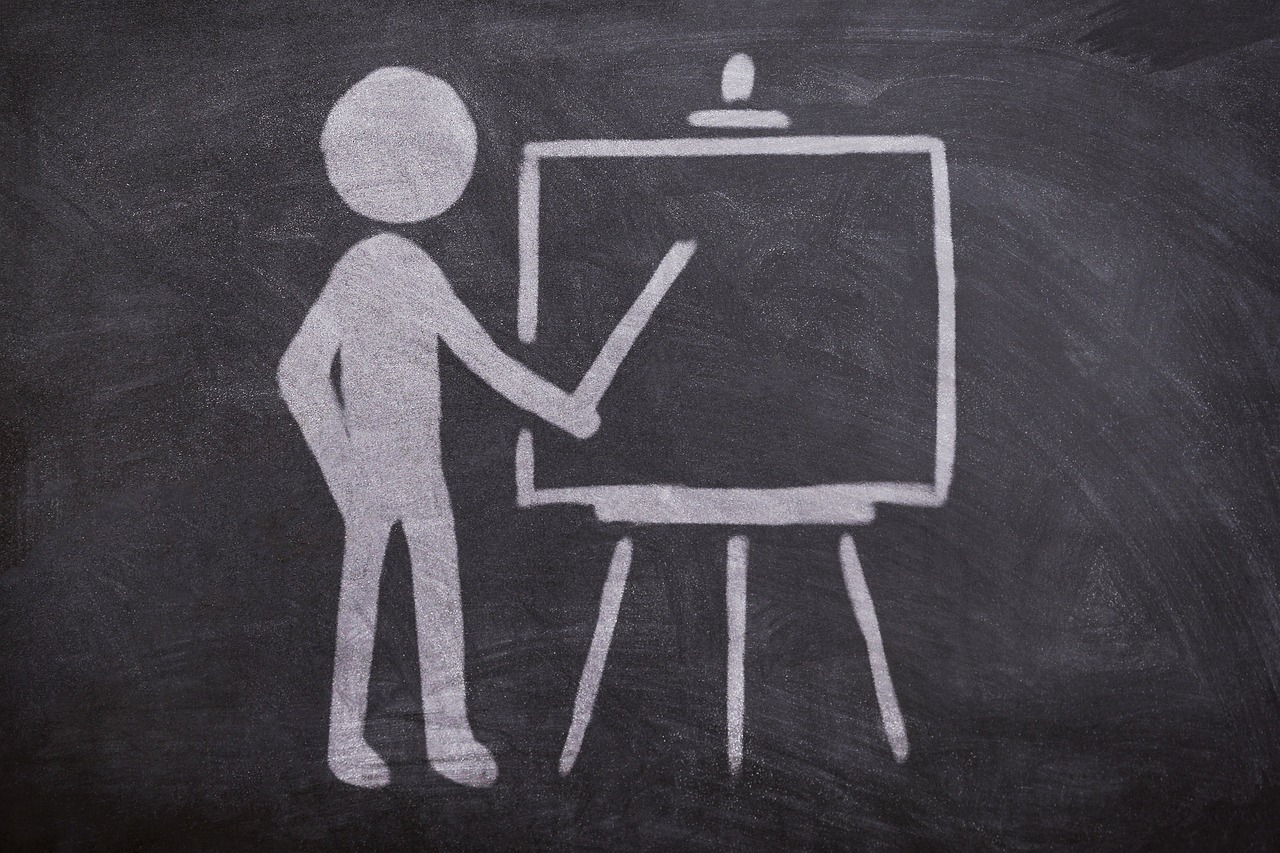The 37th edition of the America’s Cup concluded when Team New Zealand ousted the British challenger on October 19, 2024 in Barcelona, Spain. But the pursuit of the America’s Cup never stops, with Scuttlebutt checking in with Terry Hutchinson, leader of the USA challenger for New York Yacht Club:
Aside from you not winning the 37th America’s Cup, how did that event compare to the promises or what you anticipated?
From a competitive side, it was a disappointment. I thought we would go further in the competition. We did a good job in many aspects of our program, from design and racing development to the operational side.
How about the event format?
I’d love to have more racing, particularly in advance of the Challenger Series. I don’t know how we do that, but it would be helpful to get to a place where all the investment could reap greater commercial rewards and benefits.
There’s a great opportunity for those in charge to leave a positive legacy on the America’s Cup and help redefine the event from both a commercial and competitive perspective. Currently, there are five other teams eager to compete in AC38 and ready to race. The AC75 has proven to be a fantastic platform and boat for the competition.
These boats are incredible pieces of equipment, particularly since the America’s Cup is often compared to Formula One. With the AC75, we can leverage its technical attributes to maximize the F1 comparison.
But isn’t that a lot to juggle – using existing AC75s in advance events while creating the next version of the boats?
Yes, but the fleet managed it for the 32nd America’s Cup, with advance events using existing boats, followed by the introduction of the final race boat for the 2007 edition. Right now, Patriot has 88 sailing days on it, and she is good to keep racing.
As for future development, there’s less room for improvement in hull design compared to foil design and control systems. You could easily race the existing fleet against each other and introduce the development upgrades as they arrive.
After “reaching starts” in 2021, what was your opinion on the upwind starts in 2024?
Returning to upwind starts was the correct decision. A reaching start in a monohull is much different than in a catamaran. The AC75s are better suited for windward/leeward-style racing, which made the competition exciting.
Do we need more time in the pre-start? Probably not. The choreography of the entry timing worked well, allowing either side to win the start from their entry position. Tactical strategies advanced as teams learned the maneuverability of their boats, increasing boat-on-boat action. I don’t see that happening as much with the reaching start.
You had significant changes in your design team from AC36 to AC37? That can’t be ideal.
Given the time constraints the design team faced, they did an unbelievable job getting us to where we finished. Our principal hull designers—Britt Ward, Aaron Perry, and Pete Melvin—developed a clever and innovative design for Patriot, including the recumbent system inside the boat.
Their work pushed us into an area we weren’t sure that we’d be able to reach, which is what the America’s Cup is all about. It’s a design competition, and they did a really good job of creating that design.
With the foils, we followed a rigorous process of developing four AC40-scale foils. Ultimately, the Brits had the smallest foils, followed by Team New Zealand, with ours slightly larger. The Italians’ foils were the largest.
What stands out in these boats is the control system—the automation and logic development taking place. The big development is in these areas that the average eye can’t pick up. And yet, you see it on the racecourse with Team New Zealand’s maneuverability and how flawless they were in their flight control. It was very impressive.
Design Coordinator Scott Ferguson and Lead Boat Builder Brandon Linton expertly led their respective teams within American Magic, delivering performance and reliability.
But what would you have improved on?
If we could have extracted more from our days, I would take more computer software engineers to help support our existing team members for the programming and logic control of Patriot. Each team has a finite amount of “oil resources” to allocate to their boat, and understanding the control loop to get everything working seamlessly is key.
It was impressive to see how much the Brits changed systems on their boat over the course of the America’s Cup. You could visibly see features moving differently, sails getting deeper out of maneuvers, traveler movement, etc, which improved INEOS’ performance. The defender, New Zealand, was the strongest in this area.
Over the last two cycles, we’ve done a very good job using time on the water at full scale as our platform for development, and now we need to assess our priorities and find the right balance between simulation versus time on the water.
The Brits and Italians opted not to use their AC75s for on-water development, choosing instead to focus on LEQ12 test boats and, presumably, simulation. It appears that Luna Rossa’s approach, in particular, resulted in a highly refined control system.
Changes to the AC75 rule were to improve the light-air range of the boat. Was it enough?
Patriot was good down range, so the area of the rule that the defender was targeting in the Protocol, was addressed. Patriot was able to take off in six knots of breeze, and if she did fall off the foils during a race, we were able to get back up better than our opponent.
What would you suggest for changes to the Class Rule for AC38?
Whatever changes are made to the Class Rule should be driven by the next venue, and also consider cost savings.
You had three helmsmen that were born and trained in other countries. Are we getting closer to having homegrown American talent on the wheel?
We’re a lot closer; look at Harry Melges and Riley Gibbs.
Can we develop sailors from the Optimist, WASZP, 29er, 49er and Moth classes through to the America’s Cup? Absolutely, and if we get the opportunity to race in AC38, I’m confident there will be a great blend of AC37 sailors with new sailors. The success of our 49er team in Paris, along with all the US teams that pushed them, showcases the type of sailors we need to bring into the fold.
But it’s a combination of different things. It’s about work ethic, attitude, and showing up every single day with a commitment to winning. Our first-time campaigners learned how difficult this is. The America’s Cup is not just a hard regatta, but the commitment is a mental grind when you consider the effort necessary to get to the regatta.
The venue for AC38 isn’t known, and it wouldn’t surprise anyone if it went to the Middle East. Your team cited safety concerns but was declined an exemption for the preliminary regatta in Jeddah. Did that event dispel any concerns for your team?
Yes, we went to that regatta. We went in a manner that protected our team, and people who were familiar with the region helped us navigate through with comfort in identifying areas to be and not to be. We took precautions that we thought were right for our team.
But there’s a big difference between the time on-site for a weekend preliminary regatta and being in Barcelona for over a year.
That said, there’s a big difference between a weekend regatta and being on-site for over a year, as we were in Barcelona. Hosting an event like the America’s Cup in that region for six months would put a lot of pressure on event organization and local infrastructure to ensure the safety of all the teams.
The defender has spoken of a two-year cycle. How would that impact the event?
A two-year cycle is too short. Three years is more realistic.
The opportunity to grow the America’s Cup is very real, but it’ll require some compromise from all the teams and a focus on bringing a commercial partnership to the forefront of the event. All teams need to become stewards of the America’s Cup.
Team New Zealand’s leadership has an opportunity to leave a meaningful legacy by building the continuity the America’s Cup has always longed for.
Great Britain has committed again to AC38. Italy has committed again to AC38. Where does American Magic stand?
American Magic is strongly committed to continuing but is waiting to see the regatta’s landscape. The team is operating as if continuing, even without knowing the Protocol’s conditions. We’ve debriefed, prepared after-action reports, and are evolving our design and development plans through the winter.
Everything has been shipped to Pensacola. Tell us about your base.
American Magic is a partner with the City of Pensacola and the Port of Pensacola. Our shared vision is to build a sustainable state-of-the-art manufacturing hub that supports American sailing and industry.
Through strategic investments and partnerships in talent, technology, and infrastructure, American Magic aims to leave a lasting legacy on our sport.
Source: https://www.sailingscuttlebutt.com/2025/01/09/all-systems-go-for-american-magic/
